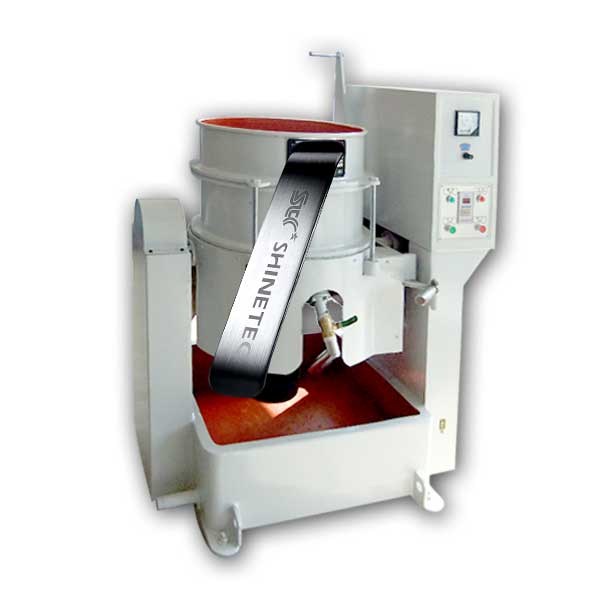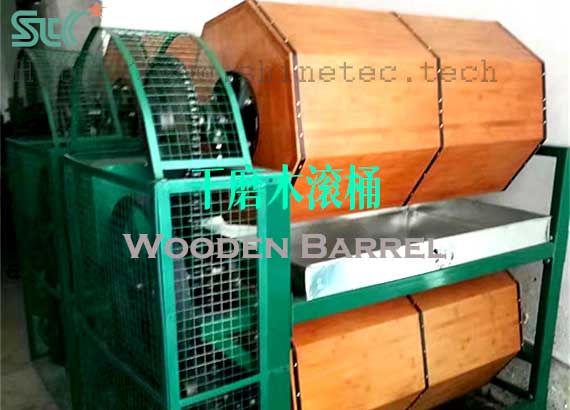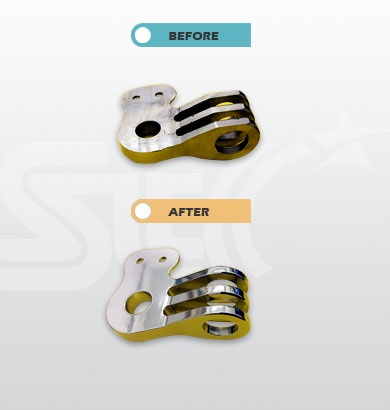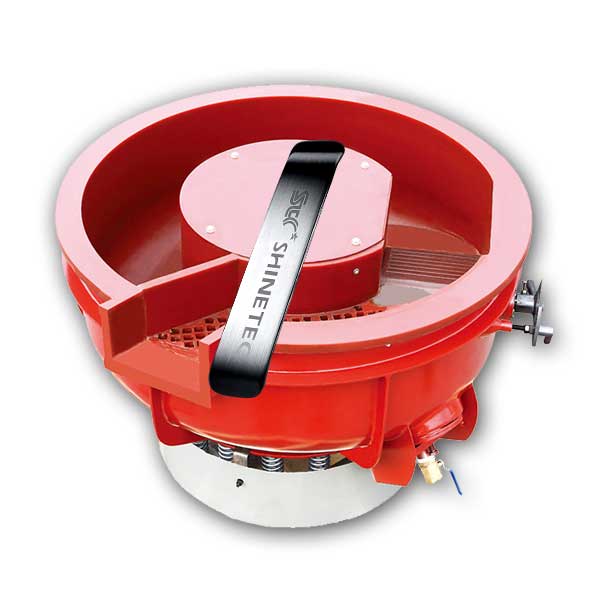What’s the polishing media?
About Polishing Media
- 1. What’s the polishing media?
- 2. What are the polishing media?
- 3. How to choose the appropriate polishing media?
- 4. Is polishing media expensive?
- 5. What is the service life of the polishing media?
- 6. Is it necessary to add polishing compounds when using polishing
media? - 7. What are the functions of different types of polishing media?
- 8. What effect does the shape, size and angle of polishing media have on the polishing effect?
- 9. What is the difference between the polishing effects of natural polishing abrasives and polishing media?
- 1. What’s the polishing media?
- polishing media, also called polishing chip, polishing stone, and vibratory polishing media. Compared with ceramic deburring media, polishing media are a kind of abrasive media that does not contain abrasive sand with finishing function. Its main function is to improve the gloss and brightness of the surface of product parts. Its operating principle is to use its own pressure with high density to hit the surface of the product during the tumbling, rolling, throwing and rotating processes, changing the grain structure of the surface of the workpiece to form a dense layer, thereby achieving a shiny decorative effect on the surface.
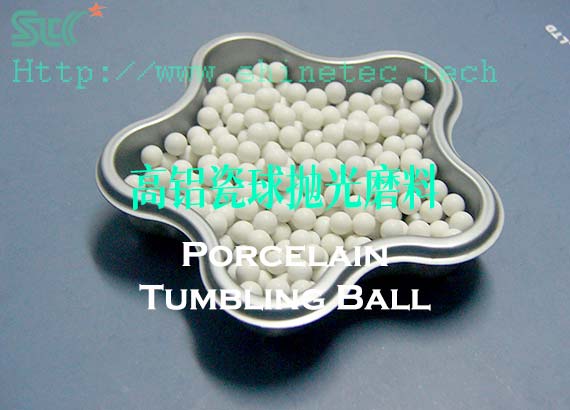
- 2. What are the polishing media?
- Polishing media are classified according to materials into porcelain media, stainless steel media, and bio-degradable polishing media.
2.1 Porcelain media. Porcelain media are artificially made mass abrasives with various shapes, shaped like stones, so they are also called polishing stones. There are high-alumina porcelain media, high-density porcelain media, and zirconium bead polishing media.
The main component of high-alumina porcelain media is alumina. Its appearance and internal physical properties are similar to those of porcelain bowls used for eating at home. They are generally white, hard in texture, and have a specific density of up to 2.6 g/cm3, and the ceramic media for deburring has a specific density of about 2.3 g/cm3. There is a significant difference in weight between the two.
The material of high-density porcelain media is actually the same as that of high-alumina porcelain media, except that the proportion of alumina power contained in it is higher, up to more than 95%, so the specific density is larger than that of high-alumina porcelain media, up to 2.9 g/cm3, the surface of the polished workpiece is brighter than that of high alumina porcelain.
Zirconium polishing bead use zirconia powder or zirconium silicate powder instead of alumina powder. The main shape is spherical ball. Due to different materials, they are generally called zirconia beads, zirconia balls or zirconium silicate beads, zirconium silicate balls. The density can reach 6.0 g/cm3 and 4.0 g/cm3 respectively, which shows that the surface brightness of the polished workpiece product is even higher.
2.2 Stainless steel polishing media. Mainly produced from stainless steel, the materials are divided into 201, 304, 316, 316L, 402, etc., and are used in environments with different anti-corrosion requirements. It is required that the polished workpiece be a metal product, and non-metallic workpieces will have no effect. The shapes include spherical, ballcone, ufo, pins, angle cut cylinder, etc. Because the shape has sharp corners or edges, it can touch holes, seams, corners and other parts of product parts to achieve polishing of the internal and external surfaces.
2.3 bio-degradable polishing media. It uses the crude fibers of animal and plant materials and the oil contained in them to polish, imitating the cloth wheel and adding polishing paste for polishing, which can achieve a mirror polishing effect. At present, the most widely used materials include corn cobs, walnut shells, wood pellets, bamboo chips, sawdust, shredded felt, shredded leather and other materials. This kind of mirror polishing method generally uses a barrel (tumbler) polishing machine to dry polish without adding water. The workpiece after initial polishing or fine polishing is put into the barrel together with the biological polishing media, and an appropriate amount of polishing paste is added. It may take more than ten hours, and the final result will be sparkling, close to the mirror polishing effect of a handmade cloth wheel.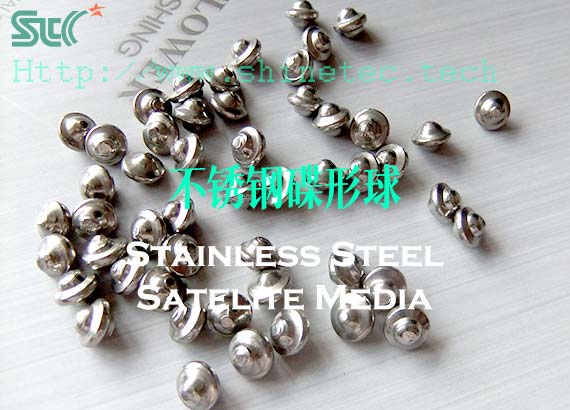

- 3. How to choose the appropriate polishing media?
- 3.1 Depending on the material of the product parts that need to be polished. The harder the workpiece itself is, the higher the hardness of the polishing media required. In layman’s terms, only head-on confrontation will produce results. The harder the polishing media, the better the polishing effect. The following is the order of hardness of various polishing media:
High alumina porcelain media < High density porcelain media < Zirconium silicate ball polishing media < Zirconia ball polishing media < Stainless steel polishing media. 3.2 According to the shape of the polishing media. The following is a comparison of the polishing effects of different shapes of polishing media: spherical > oval > cylindrical > triangular.
3.3 Some metal workpieces or non-metallic parts require a barrel polishing process, so bio-degradable polishing media must be selected. - 4. Is polishing media expensive?
- The price of polishing media is much higher than the price of deburring ceramic media for rough or fine finishing. The price generally ranges from more than five dollars to tens of dollar per kilogram, but its wear resistance is several times higher than that of deburring media. Like stainless steel polishing media, it can be said that there is basically no wear and tear. You can buy it once and use it for life. Therefore, in terms of unit wear cost, the use cost of polishing media is low.
- 5. What is the service life of the polishing porcelain media?
- The higher the hardness of polishing media, the stronger the wear resistance. Generally speaking, the service life of polishing media is at least one year. The polishing media produced by ShineTec are durable abrasives that have been fired through dozens of sample tests using exclusive process formulas. After wear resistance testing, the wear resistance of our polishing media is comparable to the performance of world-renowned manufacturers such as German Roesler and Japanese manufacturer Tipton. If you don’t know where to find the best polishing media, you can take a closer look at our ShineTec products.
- 6. Is it necessary to add polishing compounds when using polishing media?
- Polishing compound is a product that does not contain sulfur, phosphorus, or chlorine additives Water-soluble polishing liquid, also called polishing liquid, brighteners, have good degreasing, rust-proof, cleaning and gloss-enhancing properties, and can make metal products show true metallic luster. It has the advantages of stable performance, non-toxicity and no pollution to the environment. Adding an appropriate amount of polishing compound during polishing can improve the polishing efficiency and effect. It has a significant effect on the surface polishing of stainless steel, aluminum alloy, copper and other products, so it must be added.
6.1 Softening effect. Polishing compound can soften the oxide film on the surface of metal products and is easily removed by polishing media to accelerate polishing.
6.2 Lubricating effect. Polishing compound can provide lubrication. It acts as a lubrication between polishing media and metal parts to reduce scratches on the surface of the workpiece caused by impurity particles.
6.3 Cleansing effect. Polishing compound can clean the oil stains on the surface of the workpiece and restore the original luster of the metal.
6.4 Buffering effect. The tumbling motion of polishing compound and water in the polishing machine can buffer the collision between workpieces and polishing media and protect the workpiece.
6.5 Anti-rust and anti-corrosion effect. Parts treated with polishing compound can have anti-rust and anti-corrosion effects in a short period of time. Of course, the best anti-rust measure is to treat it with anti-rust agent and then dry it. - 7. What are the functions of different types of polishing media?
- Usually, hard polishing media are used when polishing metal parts, such as high-alumina porcelain media, high-density porcelain media, zirconium balls, stainless steel and other abrasives. Marble polishing should choose high-alumina porcelain polishing media. It is best to choose zirconium ball polishing media for metal mold polishing. Soft parts such as plastics are polished using a mixture of bio-degradable media and hard media.
- 8. What effect does the shape, size and angle of polishing media have on the polishing effect?
- The smoother the surface of the polishing media, the better the polishing effect on the parts. Therefore, when polishing, choose spherical polishing media as much as possible. The size of the media should be smaller than 1/3 of the inner hole of the part, but not too small to prevent the hole from being blocked by the media.
Some parts with edges, folds, steps, etc. can be mixed with spherical polishing media and polishing media with sharp corners or edges, so that parts that cannot be touched by balls can be polished.
Polishing media exceeding 80mm will not have very good brightness after polishing, so the size of the polishing media selected is generally below 80mm.
- 9. What is the difference between the polishing effects of natural polishing abrasives and polishing media?
- Natural polishing media refer to abrasives obtained directly from nature without artificial processing, such as quartz sand, pebbles, garnets, etc. Because of their size and materials, their application range is very narrow, and it is difficult to obtain a satisfactory surface effect when polishing. Artificial polishing media are customized according to the shape and material of the parts. The products are rich in variety and specifications, and can quickly obtain satisfactory surface quality.









